A New Era in Roofing Innovation
In the rapidly evolving construction industry, efficiency, sustainability, and safety have become critical benchmarks for success. Traditional roofing materials—such as clay tiles, concrete panels, and metal sheets—have long dominated the market due to their availability and perceived durability. However, these systems often involve complex installation processes, high labor costs, and longer project timelines.
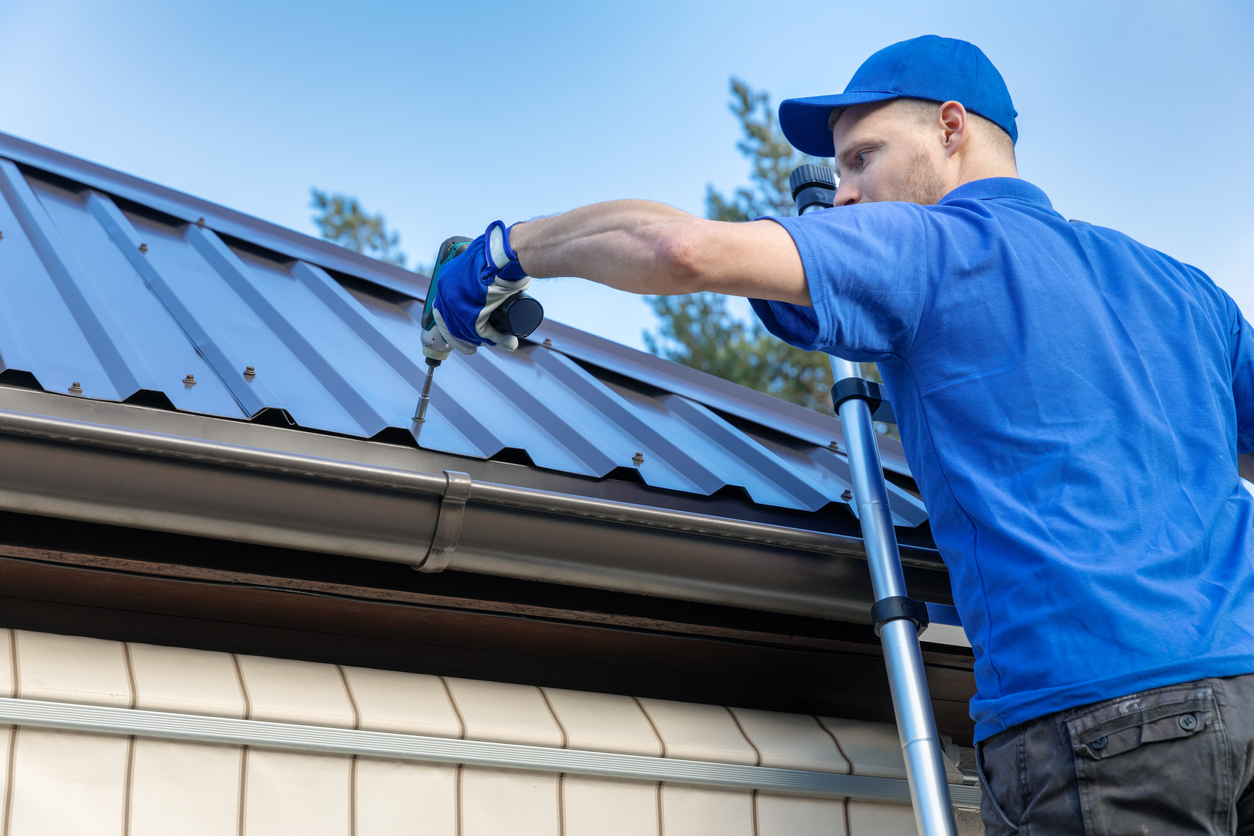
To address these challenges, Easy-to-install Roofing Materials have emerged as a transformative solution. Companies like Chuanya Building Materials have been at the forefront of this innovation, focusing on lightweight FRP roofing panels and ASA roofing sheets that combine durability, simplicity, and environmental responsibility. This article explores how easy-to-install roofing systems are reshaping the future of construction and why they represent a significant step forward in roofing efficiency.
What Defines "Easy-to-Install" Roofing Materials?
Easy-to-install roofing materials are designed with modular structures, lightweight compositions, and interlocking systems that simplify the assembly process while maintaining strength and weather resistance.
Common features include:
- Lightweight composition: Materials like FRP (Fiber Reinforced Plastic) and ASA (Acrylonitrile Styrene Acrylate) are far lighter than traditional concrete or ceramic tiles.
- Modular design: Panels are often pre-fabricated with click-lock joints or tongue-and-groove systems, reducing alignment errors.
- Pre-finished coatings: Surfaces come with UV-resistant or anti-corrosive coatings, eliminating the need for post-installation treatments.
These attributes significantly reduce construction time, minimize labor requirements, and improve safety on site—benefits that traditional systems struggle to match.
How Do Easy-to-Install Roofing Systems Improve Construction Efficiency?
One of the biggest advantages of modern roofing materials is their ability to shorten installation timelines. In conventional roofing systems, workers often need to cut, align, and seal materials manually—processes that are time-intensive and labor-dependent.

In contrast, FRP and ASA roofing panels can be installed up to 60% faster thanks to their prefabricated design and precision dimensions.
| Roofing Material Type | Average Installation Time (per 100m²) | Labor Requirement | Cost Reduction Potential |
|---|---|---|---|
| Traditional Clay Tile Roof | 3–4 days | 6–8 workers | — |
| Metal Sheet Roofing | 2–3 days | 5–6 workers | 10–15% |
| FRP/ASA Easy-Install Panels | 1–1.5 days | 3–4 workers | 35–45% |
As shown above, the modular nature of easy-install roofing panels drastically reduces the time and manpower required for installation. This directly translates into lower project costs, faster completion, and fewer weather-related delays.
How Do Lightweight Roofing Materials Improve Structural Performance?
The weight of roofing systems is a crucial factor influencing the overall load-bearing capacity of a building. Traditional roofing materials such as clay or concrete tiles can exert over 40–50 kg/m², which significantly increases the demands on the supporting structure.
FRP roofing panels and ASA roofing sheets, on the other hand, weigh only 4–8 kg/m², reducing structural load by up to 85%.
Advantages of Lightweight Design:
- Improved seismic resistance: Lighter roofs reduce inertia loads during earthquakes.
- Lower foundation costs: Buildings can use simpler support systems.
- Faster retrofitting: Old roofs can be upgraded without reinforcing the base structure.
Roof Load Comparison by Material Type
| Material Type | Weight (kg/m²) | Structural Impact | Seismic Resistance Rating |
|---|---|---|---|
| Concrete Tiles | 45–55 | High | Low |
| Metal Sheets | 12–18 | Medium | Medium |
| FRP/ASA Panels | 4–8 | Low | High |
Such lightweight yet durable properties make these materials ideal not only for new constructions but also for retrofitting older buildings that cannot support heavy roofing loads.
How Do Easy-to-Install Roofing Materials Reduce Long-Term Maintenance Costs?
Maintenance costs often represent a hidden burden for property owners. Traditional roofs require regular inspections, sealing, and replacement of broken tiles or corroded sheets.
Easy-to-install roofing systems significantly reduce these costs through:
- Corrosion resistance: ASA and FRP materials naturally resist rust and oxidation.
- UV stability: Special coatings prevent fading and surface degradation.
- Self-cleaning surfaces: Smooth finishes minimize dust accumulation and algae growth.
Annual Maintenance Cost Comparison (10-Year Average)
| Material Type | Annual Maintenance Cost (USD/m²) | Lifespan (Years) | Maintenance Frequency |
|---|---|---|---|
| Concrete Tiles | 5.5 | 20–25 | Every 3–5 years |
| Metal Sheets | 4.2 | 25–30 | Every 4–6 years |
| FRP/ASA Panels | 2.1 | 35–50 | Every 8–10 years |
According to industry data, switching to easy-install panels can reduce maintenance costs by over 50% throughout a building's lifecycle—while extending total service life beyond four decades.
Can Easy-to-Install Roofing Panels Support Sustainability Goals?
Environmental sustainability is one of the defining priorities in modern architecture. Easy-to-install roofing materials align strongly with green building principles through:
- Low-carbon manufacturing: FRP and ASA production consume less energy than cement or metal smelting.
- Thermal efficiency: Their insulation properties reduce HVAC energy demand.
- Recyclability: Many panels can be reprocessed into new construction components at end-of-life.
These factors contribute toward LEED or BREEAM green certification credits for energy efficiency and materials performance.
Case Insight:
In several Southeast Asian eco-industrial zones, buildings equipped with ASA roofing panels demonstrated a 15–20% reduction in cooling energy consumption, highlighting the material's role in climate-responsive design.
How Do Easy-to-Install Roofs Improve Safety and Worker Productivity?
Safety during construction remains a key challenge in roofing installation. Heavy materials, complex assembly, and elevated work environments increase risk.
Easy-install systems mitigate these risks in several ways:
- Simplified handling: Lightweight panels reduce strain injuries.
- Fewer fasteners required: Minimizes time spent at height.
- Prefabricated dimensions: Reduces on-site cutting and waste.
Moreover, by cutting installation time nearly in half, these materials minimize workers' exposure to extreme temperatures and hazardous weather, directly improving occupational safety.
Why Are Easy-to-Install Roofing Materials Gaining Global Market Momentum?
The shift toward modular construction and off-site fabrication has boosted global demand for lightweight roofing solutions. Market research indicates that easy-install roofing materials will grow at a CAGR of 7.8% from 2025–2032, driven by:
Urban expansion and rapid housing projects.
Skilled labor shortages in developing regions.
The need for cost-effective renovation solutions.
Countries in Asia, the Middle East, and Africa are leading adopters due to the combination of hot climates, limited labor, and high infrastructure investment.
The Role of Chuanya in Driving Roofing Material Innovation
As one of the professional roofing panel manufacturers, Chuanya Building Materials has dedicated itself to developing FRP and ASA easy-to-install roofing systems that address the demands of efficiency, resilience, and sustainability.
Through continuous R&D, Chuanya focuses on:
Optimizing panel formulation for higher UV resistance and longer lifespan.
Enhancing surface texture to improve both insulation and aesthetics.
Supporting modular building technologies that complement prefabricated construction.
By integrating innovation with practical usability, Chuanya contributes to the evolution of roofing materials that are not only efficient and durable but also aligned with the global shift toward sustainable infrastructure.
A Smarter, More Sustainable Roofing Future
The era of easy-to-install roofing materials represents a clear turning point in construction technology. By simplifying installation, reducing costs, and improving environmental performance, FRP and ASA roofing panels are setting new benchmarks for the roofing industry.
As urbanization accelerates and sustainability standards tighten, materials that combine performance, speed, and eco-efficiency will define the next generation of architectural solutions.
With its expertise in high-performance roofing systems, Chuanya stands as a key contributor to this transformation—pioneering roofing materials that meet the needs of modern construction while protecting the planet for future generations.









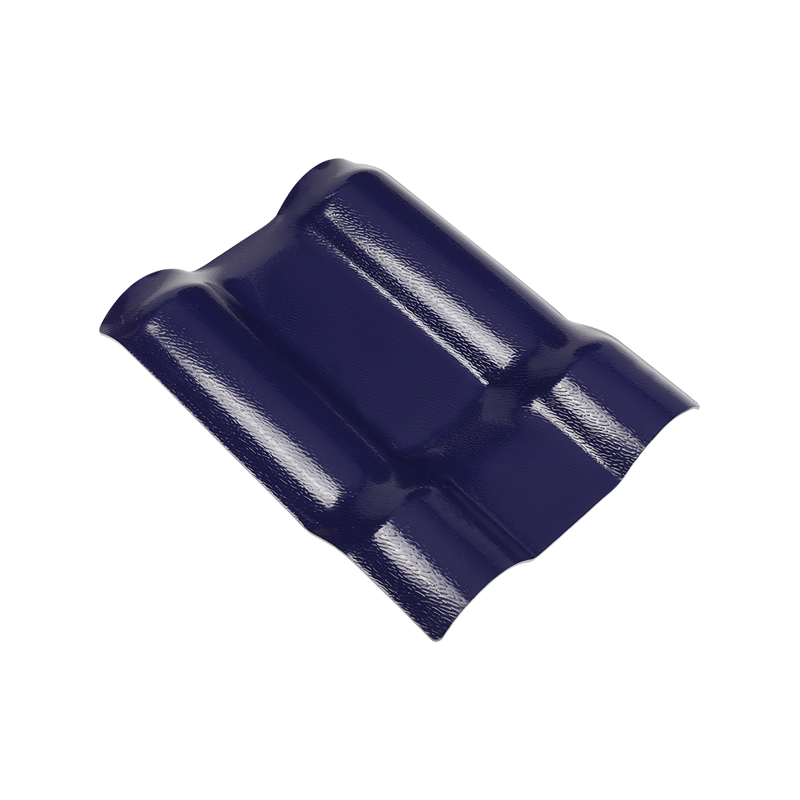


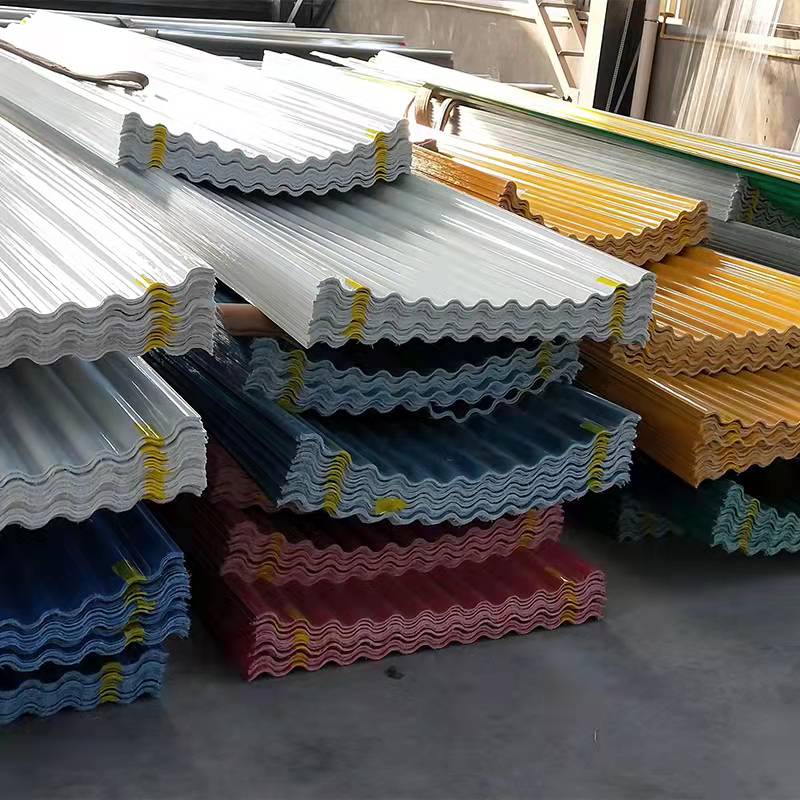
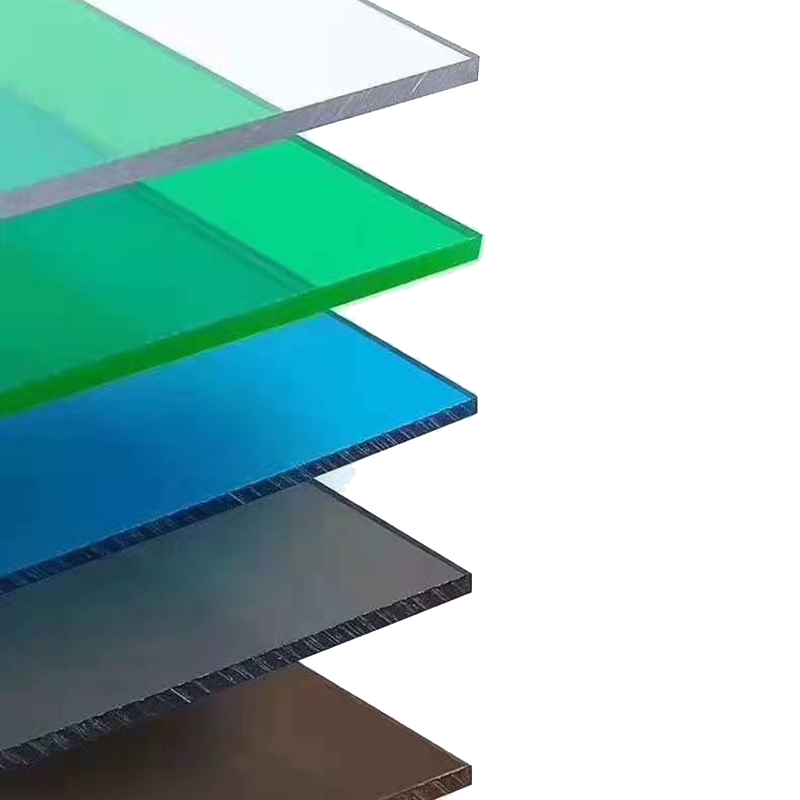

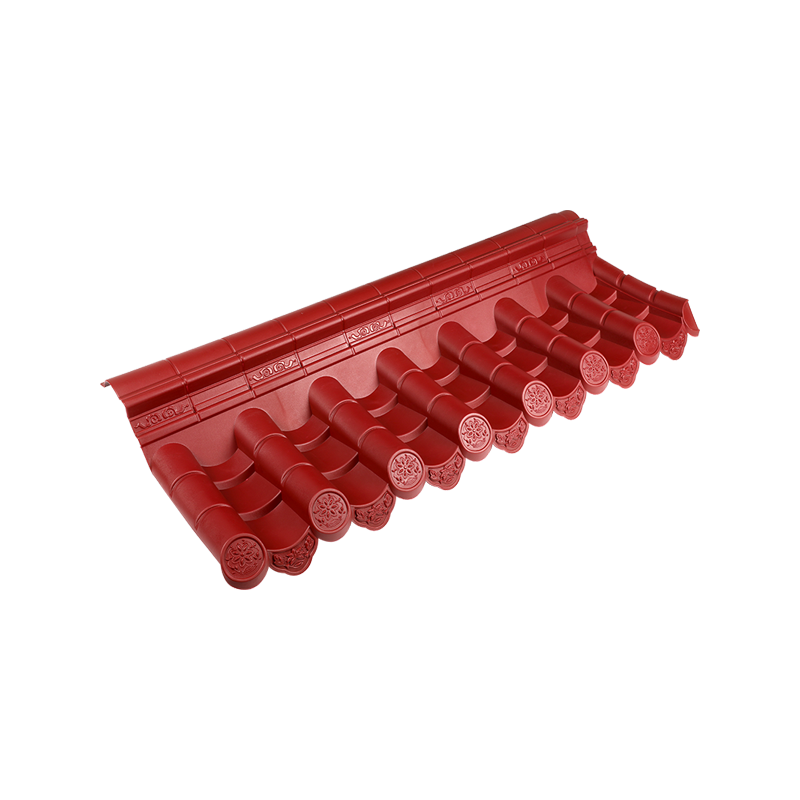


 Email:
Email: Phone:
Phone: Adress:
Adress: